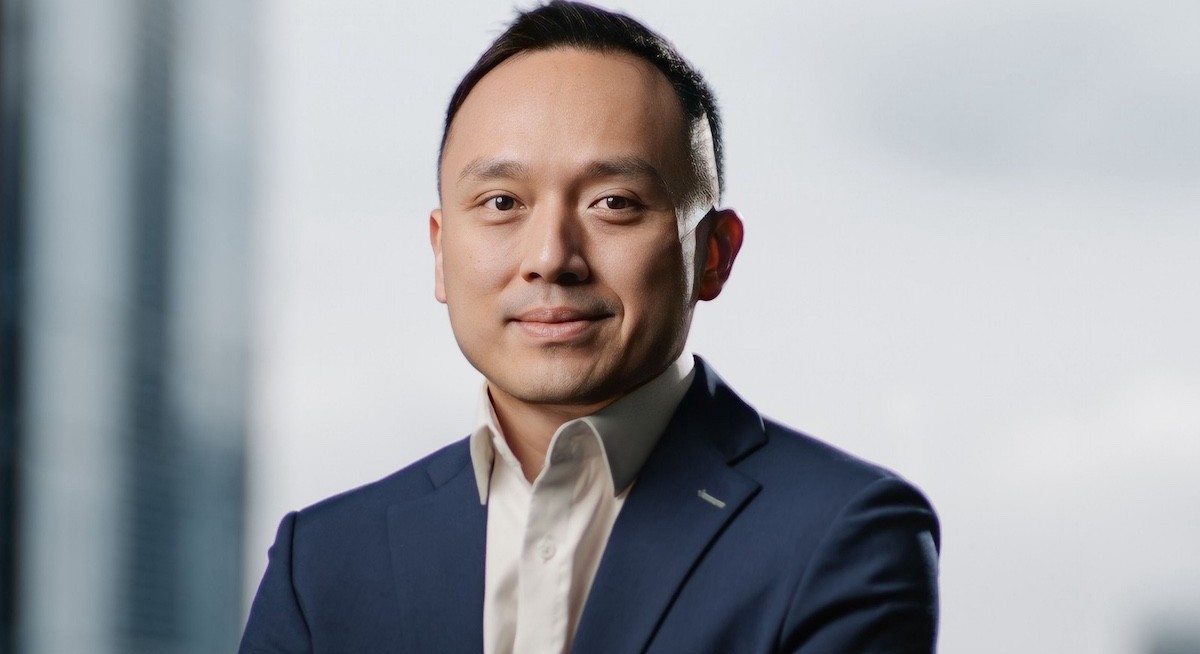Foundation now has about 99 specialists, up from 53 just two years ago when the company was first incorporated. CEO Liaw Yit Ming says: “We’ve invested heavily in specialist practices, making us one of the largest multi-specialist groups in Singapore. This model allows us to improve care quality while meaningfully containing healthcare costs, a major issue in many parts of the region.”
Foundation’s approach centres on building an integrated healthcare system by housing day surgery centres, imaging facilities and specialists under one roof. The company operates ambulatory centres — a format that has gained traction with insurers keen to reduce reliance on costlier hospital settings.
“There’s a strong push by insurance companies for right-sizing of care,” says Liaw. “Ambulatory centres are better suited for many procedures, allowing us to deliver the same quality outcomes at a lower cost.”
Foundation currently partners with around 150 general practitioner (GP) clinics for referrals and follow-ups, enabling a more coordinated patient journey. According to Liaw, integration improves patient outcomes and reduces inefficiencies, such as repeated diagnostic tests, that stem from poor communication across providers. The company is also developing a data-driven tech platform that securely links GPs, specialists, imaging centres and insurers.
See also: China’s grip on American medicine cabinets grows more entrenched
“Today, the system is highly fragmented. A GP refers a patient, but the specialist doesn’t see the patient’s records. This leads to repeat tests and unnecessary expenses,” he says.
Foundation aims to streamline the patient experience by securely sharing data across all care touchpoints, including with non-Foundation doctors. Liaw shares that the company’s open architecture is designed to support interoperability, not just internal efficiency. “We’re opening our ecosystem to non-Foundation doctors and even the public sector. This is not about exclusivity, but about improving healthcare delivery,” he says.
Since its founding, Foundation has pursued a buy-and-build strategy. The group has acquired both solo and group practices and looks at several criteria when evaluating potential acquisitions, including clinical capabilities, reputation and alignment with its values.
See also: NHG Health partners with ST Engineering to enhance patient care delivery with tech
“It’s not just about size. We evaluate clinical skill sets and look for partners who share our mission to balance care and cost,” says Liaw. All of the initial $150 million investment from SeaTown has been deployed, but the company does not need to raise additional capital yet. “We haven’t gone back to the market because our cash flow is strong. That’s allowed us to continue growing without a second round of funding,” he adds.
The company also collaborates closely with insurers. Earlier this year, Foundation announced a partnership with Great Eastern to offer enhanced benefits to policyholders in Singapore. The tie-up is designed to improve cost transparency, shorten claims processes and improve the coordination of care.
For Liaw, insurance plans play an important role for patients and healthcare operators alike. While Foundation helps insurers manage costs and provide clinical outcome information that is transparent through this collaboration, policyholders will also benefit from this, as they receive timely, efficient and high-quality care.
“Additionally, this collaboration reinforces our commitment to jointly managing healthcare costs for Great Eastern policyholders, ensuring transparent and consistent pricing,” adds Liaw.
Foundation is profitable and expects to continue scaling in Singapore and the region. With roughly 2,000 private specialists currently operating in the city-state, Liaw says the market is far from saturated. “There’s still a lot of room to grow. The validation is in the capital coming in and the quality of doctors joining us,” he adds. The company is now looking to replicate its model in Malaysia, with a focus on urban centres with high insurance penetration and availability of ambulatory licences.
“Malaysia is similar to Singapore in terms of practice structure and insurance coverage. We’re taking an opportunistic view and will expand where conditions are right,” says Liaw. Future expansion could also include the development of new ambulatory centres. However, the group typically does not own the underlying real estate, favouring an asset-light model or entering into strategic partnerships and collaborations.
Foundation is eyeing a public listing, likely within the next two years. “We’re still early-stage and we’ll need at least three years of financials before listing,” says Liaw. “But if everything goes well, we’ll be ready.” A listing on SGX would be the logical choice, as Foundation’s operations are currently based entirely in Singapore. Although the company has not disclosed a target valuation, Liaw notes that an IPO would provide greater flexibility to support future growth and invest in technology. Backed by a strong cash position, an integrated platform and an expanding network of specialists, Foundation believes it is well placed to meet the rising demand for cost-effective, high-quality private healthcare in the region.




